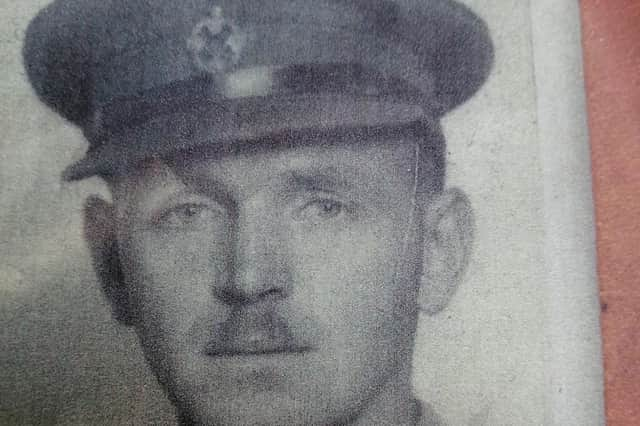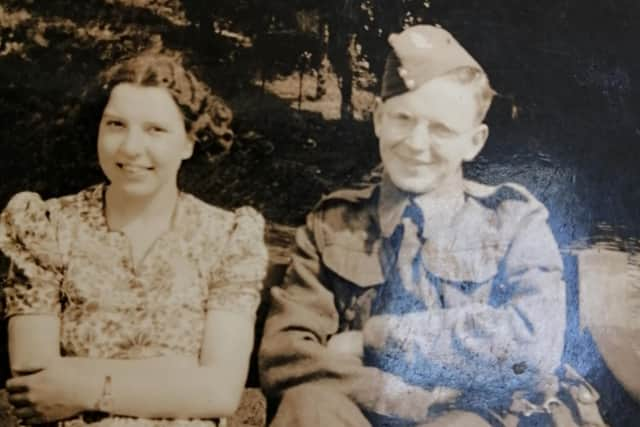h


In January 1940, they were part of the British Expeditionary Forces sent to France.
My father was aged 19 and Billy was 18. They were armed with rifles and a book of French phrases costing four old pence – about 1.5p in new money.
Advertisement
Hide AdAdvertisement
Hide AdThere were no chat up lines in the book, but they quickly learned those from others.


The battalion was not far from Lille when the German army cut through France and Belgium at speed – armed with better equipment, they met little resistance .
The British soldiers were told to get to Dunkirk however they could – many had not heard of the town and could not speak French, but 300,000 made their way there.
The road to Dunkirk was littered with abandoned equipment as those on the roads were easy targets for the German air force, but crossing fields and sleeping in farm dwellings, dodging the oncoming Germans, they made it.
Advertisement
Hide AdAdvertisement
Hide AdHowever, their troubles were far from over as the French and British fought for what was a diminishing area of control.
New Prime Minister Winston Churchill had gone against the advice of his Foreign Secretary, Viscount Edward Halifax, who wanted to come to terms with Hitler and ordered an evacuation.
Boats of all shapes and capacities were requisitioned. The one that brought my father back was a coastal merchant ship SS Yewdale, 190 metres in length.
The heroes of Dunkirk were not only the soldiers on the beaches, but those who had to fight to the last to ensure the evacuees had a chance and, of course, the boats that dodged mines, bombings and the machine guns of the Luftwaffe.
Advertisement
Hide AdAdvertisement
Hide AdThe first of the boats arrived on May 27 and my father was rescued on June 1.
During that time they were bombed and machine gunned.
Many had to wade out to the boats some swam and some managed to row.
The SS Yewdale had to throw nets over the side for the young soldiers to climb up.
They took 900 men – just 1.4 per cent of those rescued that day.
Advertisement
Hide AdAdvertisement
Hide AdSadly, Billy didn’t make it – he was killed in action at the end of May 1940 and is buried in Dunkirk.
If there are any relatives of Billy Richardson in Barnsley or elsewhere I would be pleased to be in contact – email [email protected]
The SS Yewdale which was armed with a Lewis gun, a World War One machine gun, when it sailed to Dunkirk and fought off three German planes on its way to France. It was sunk in the D-Day landings in 1944.